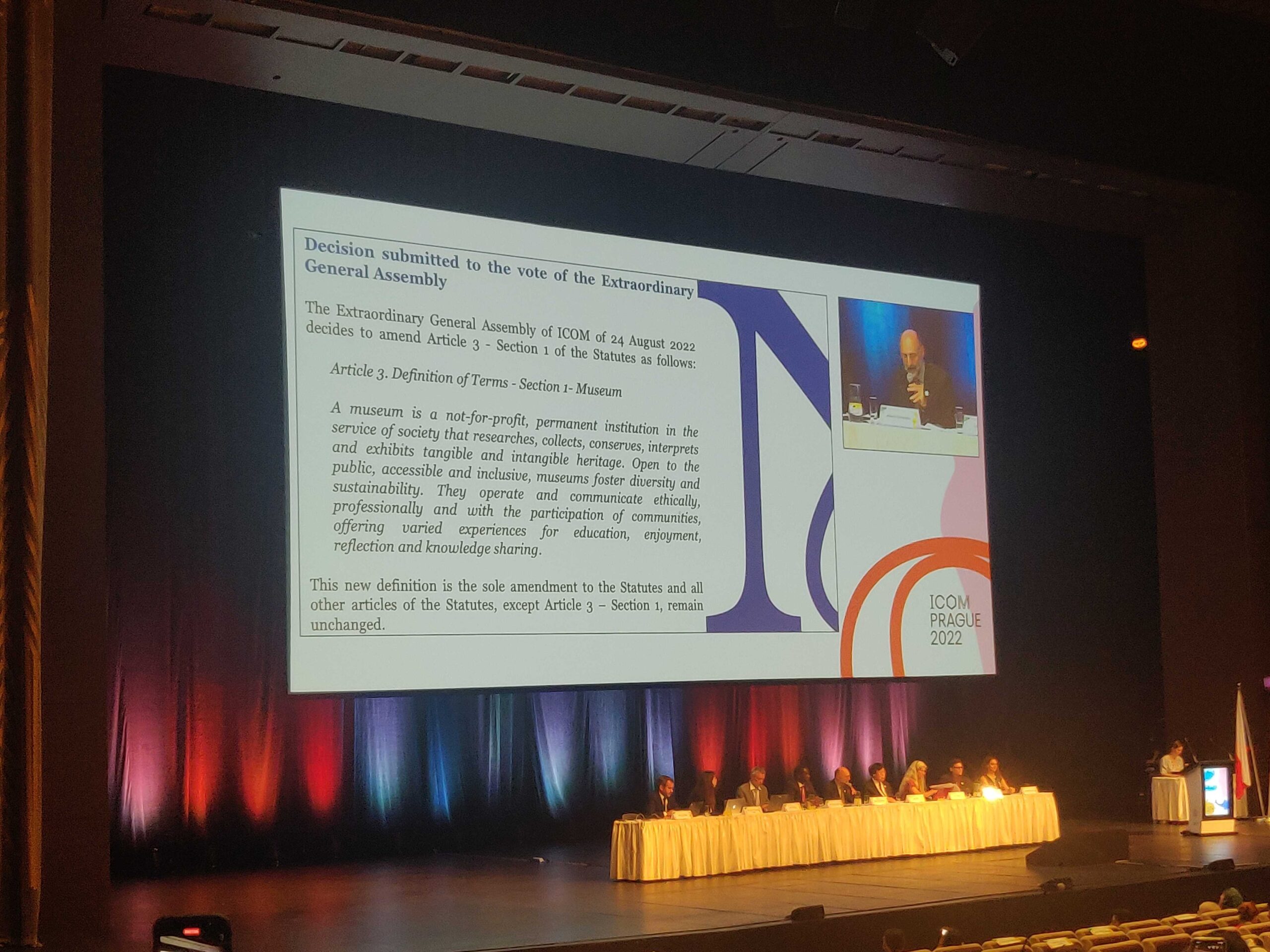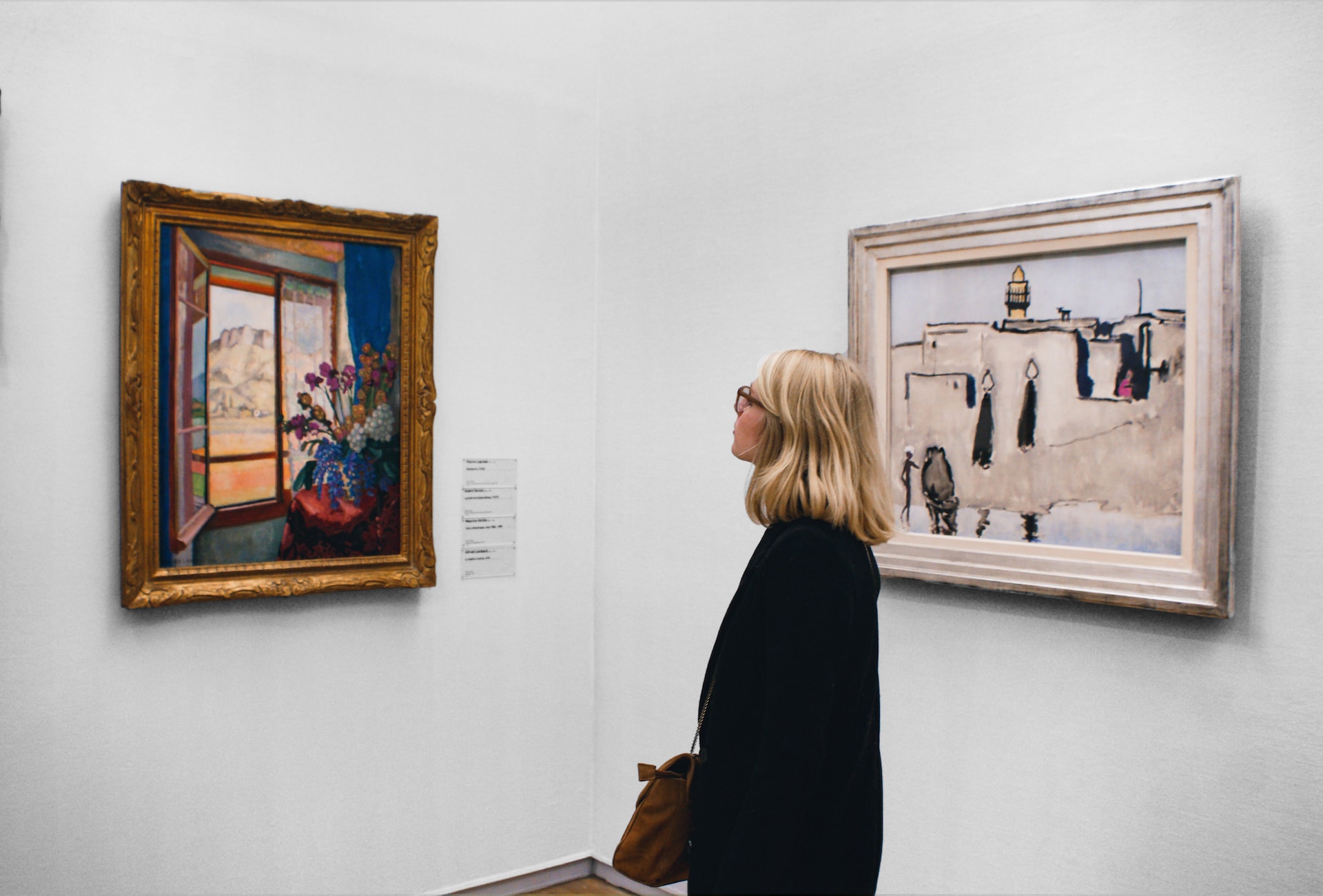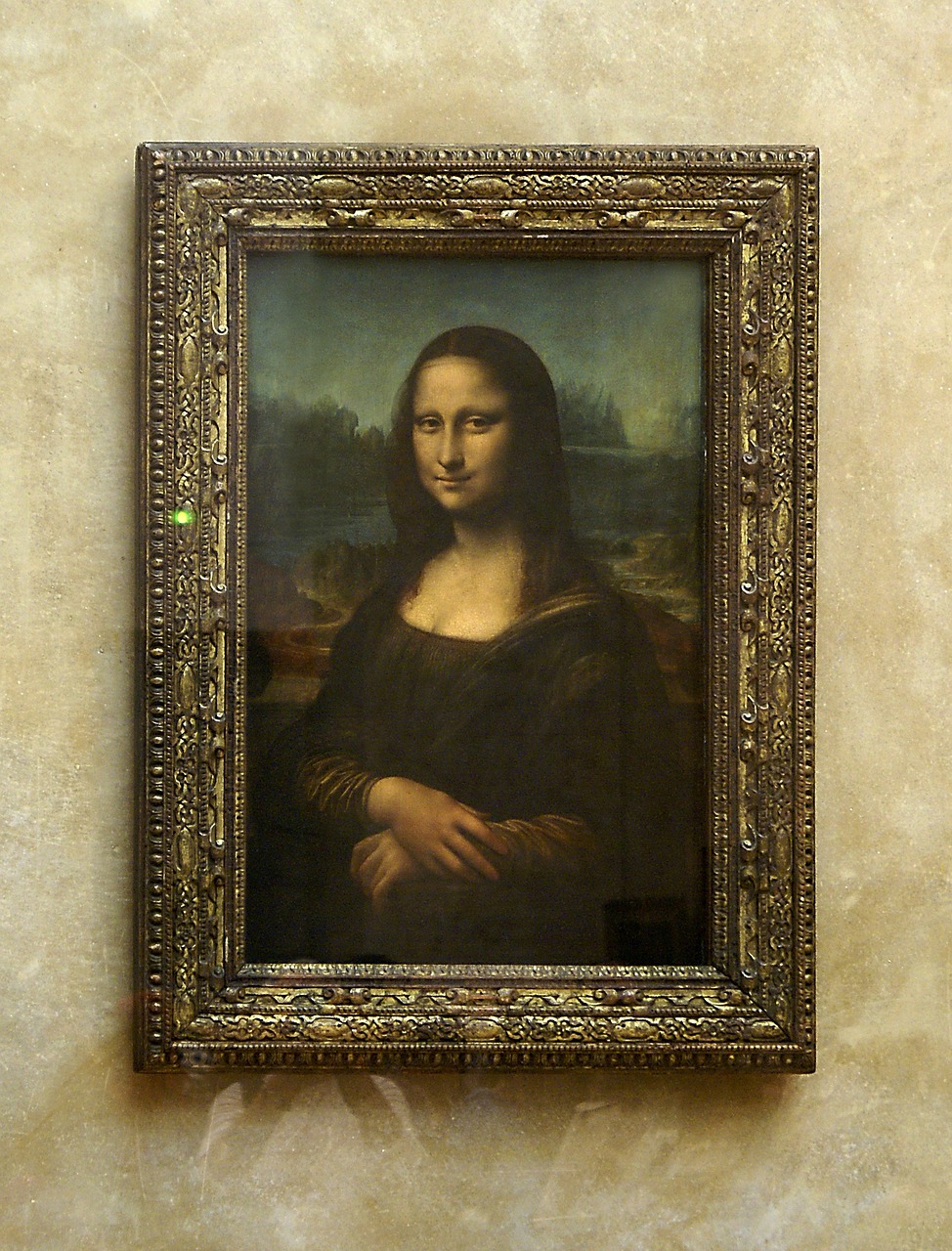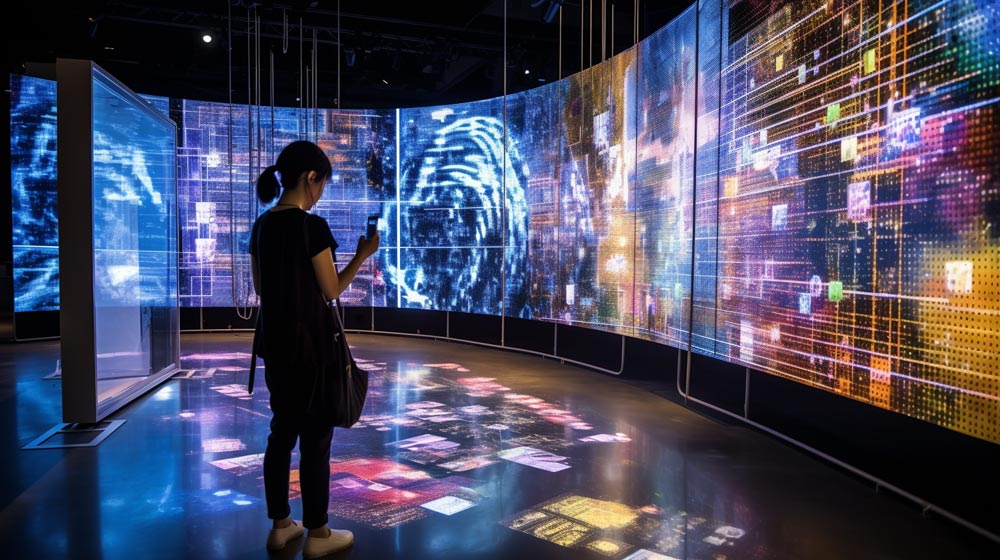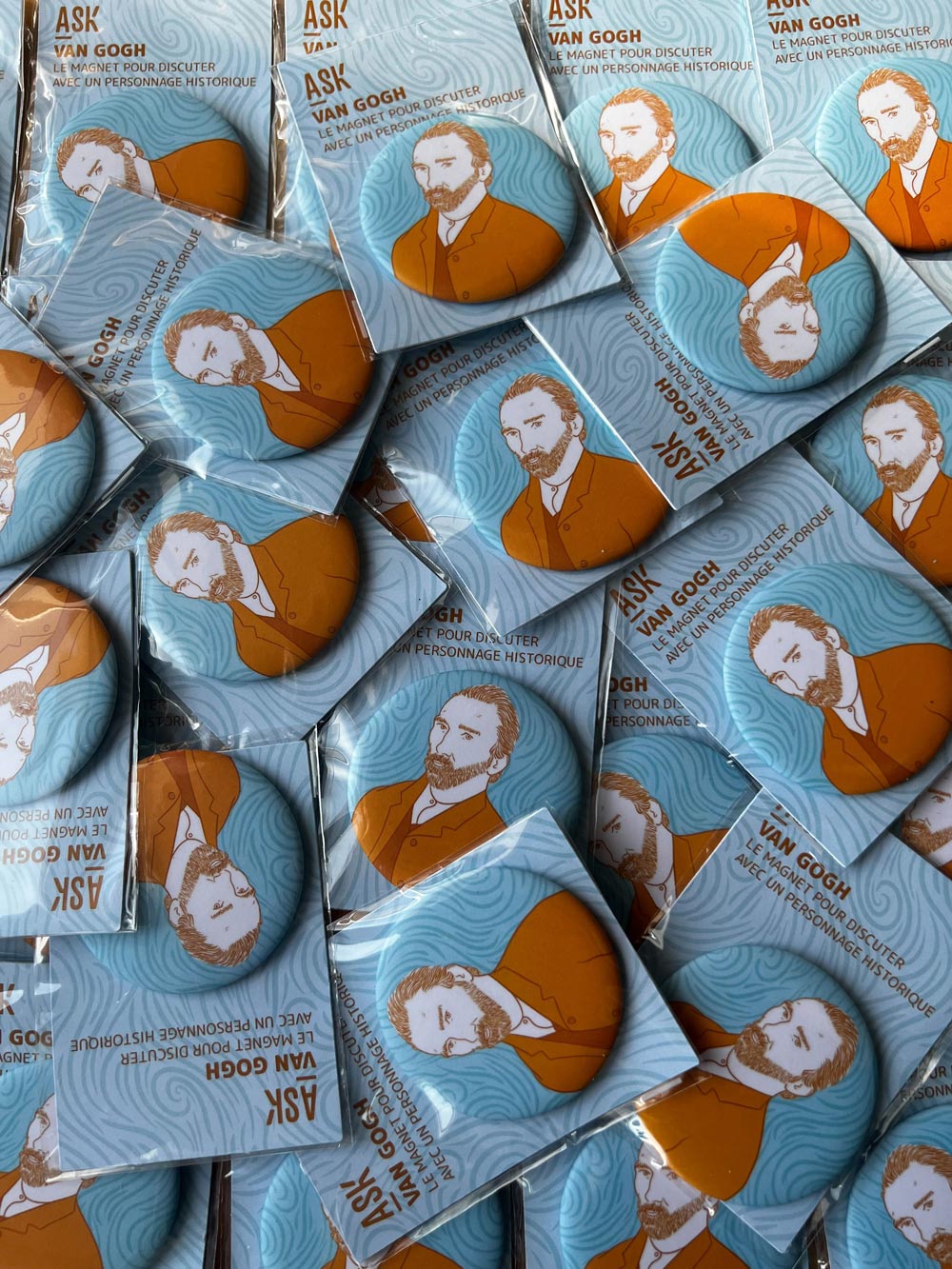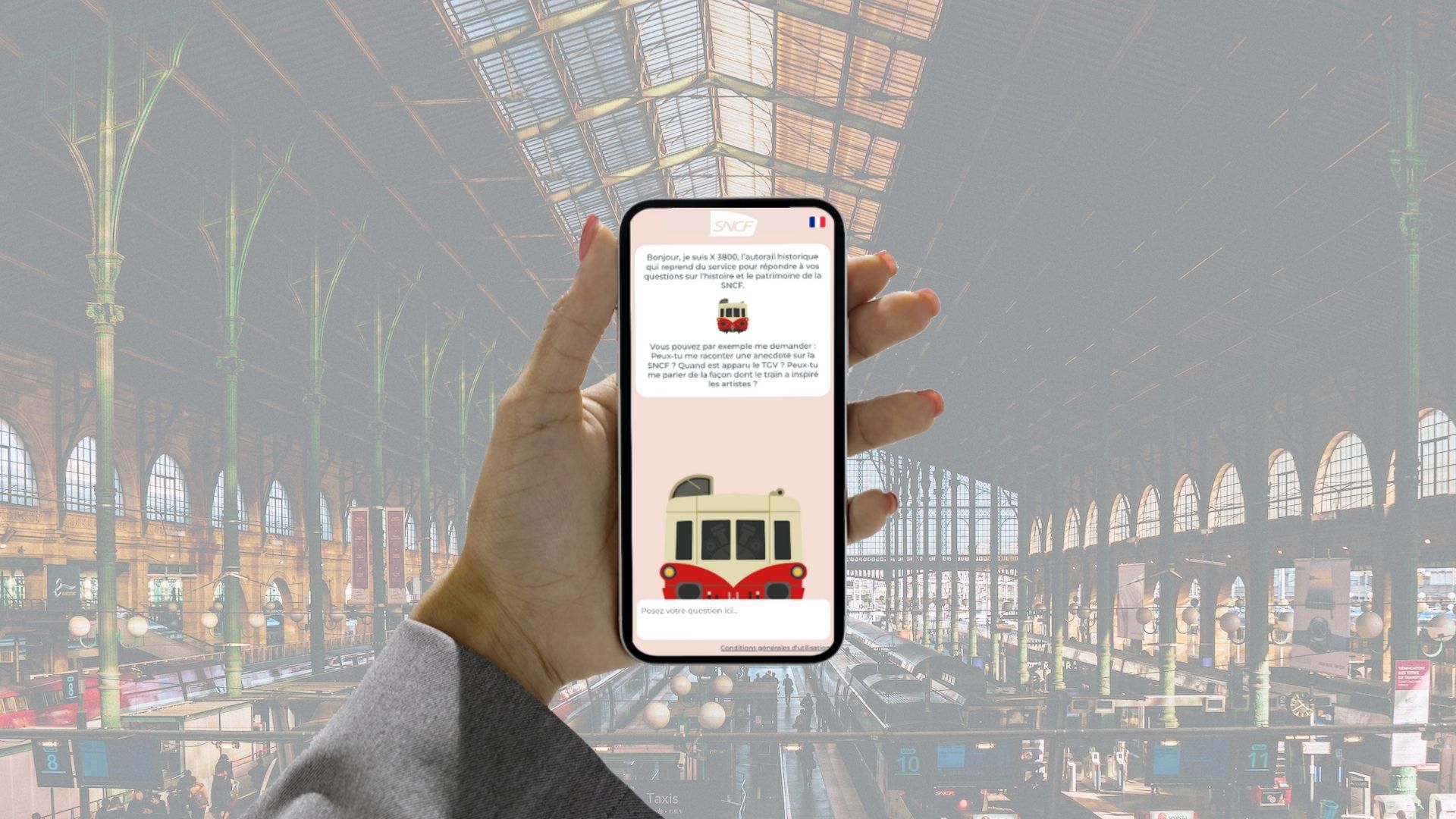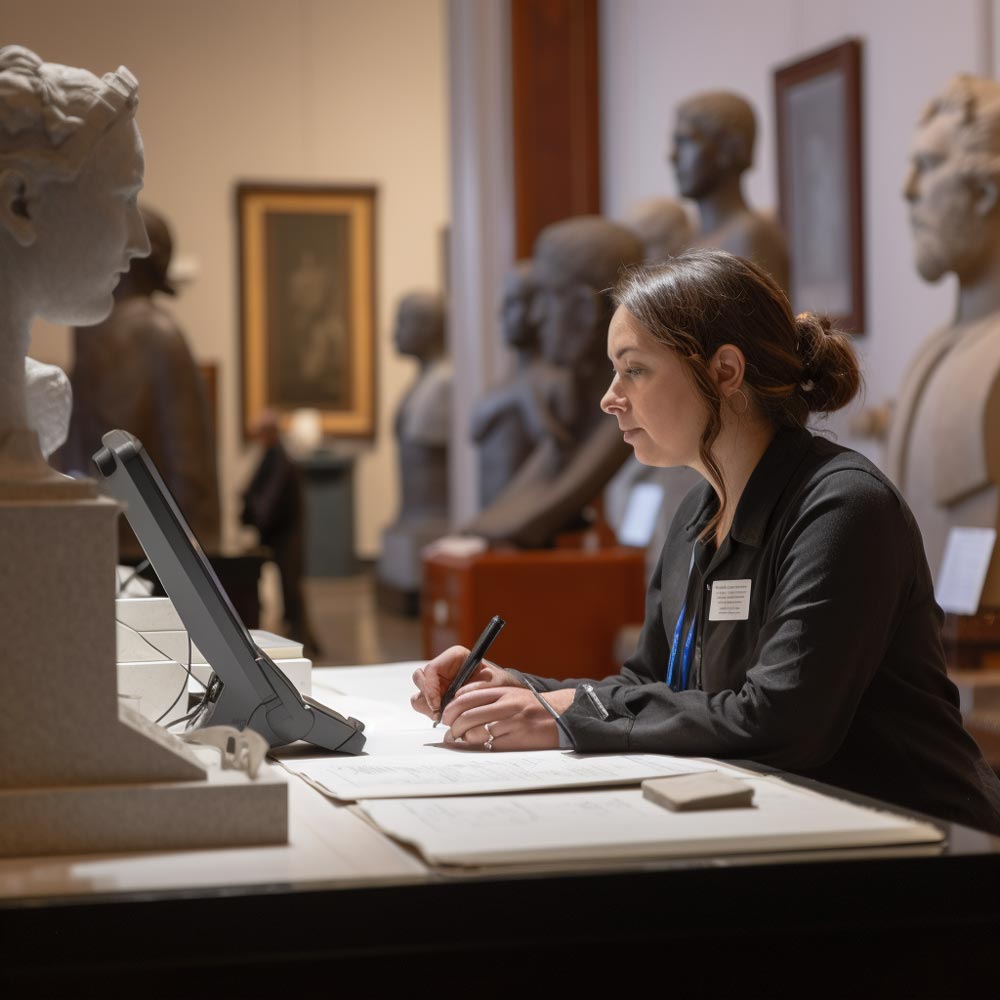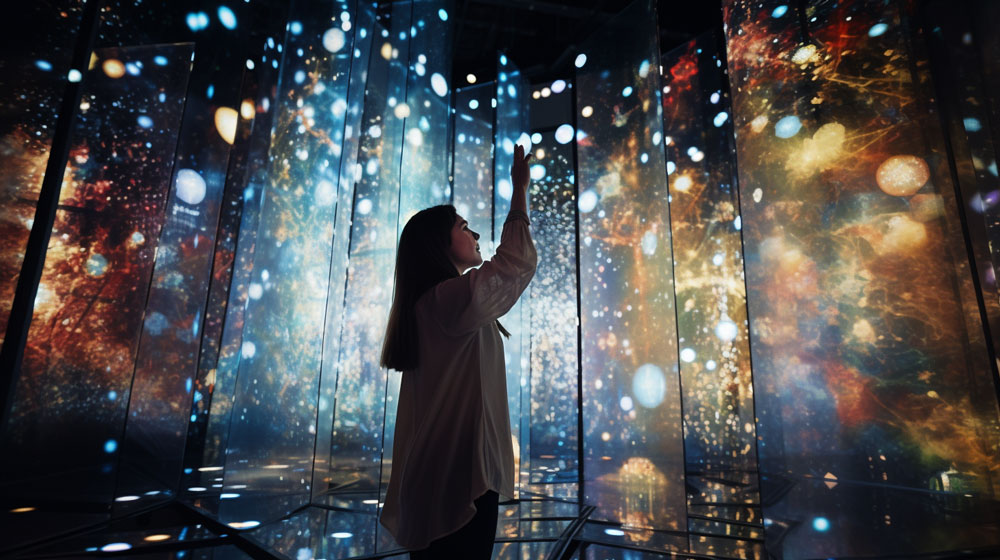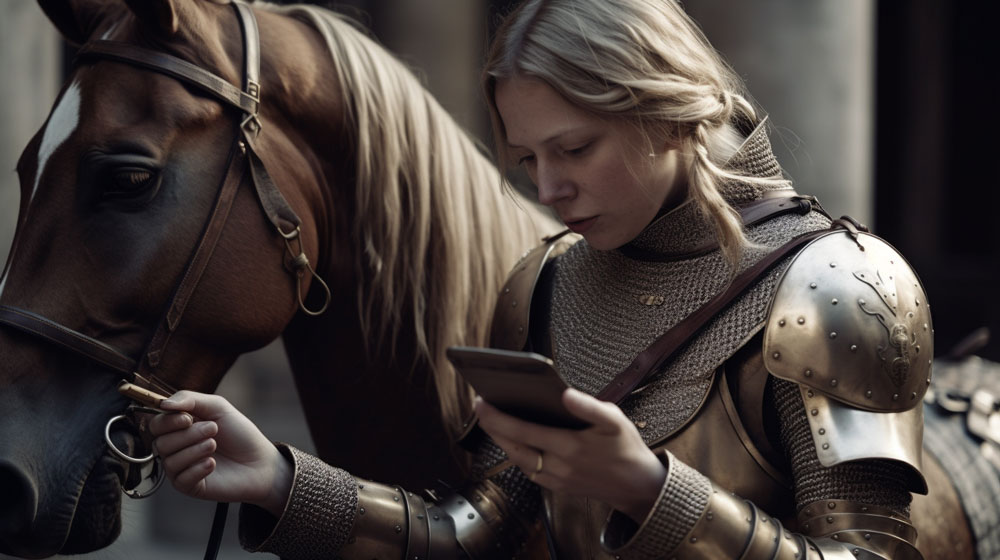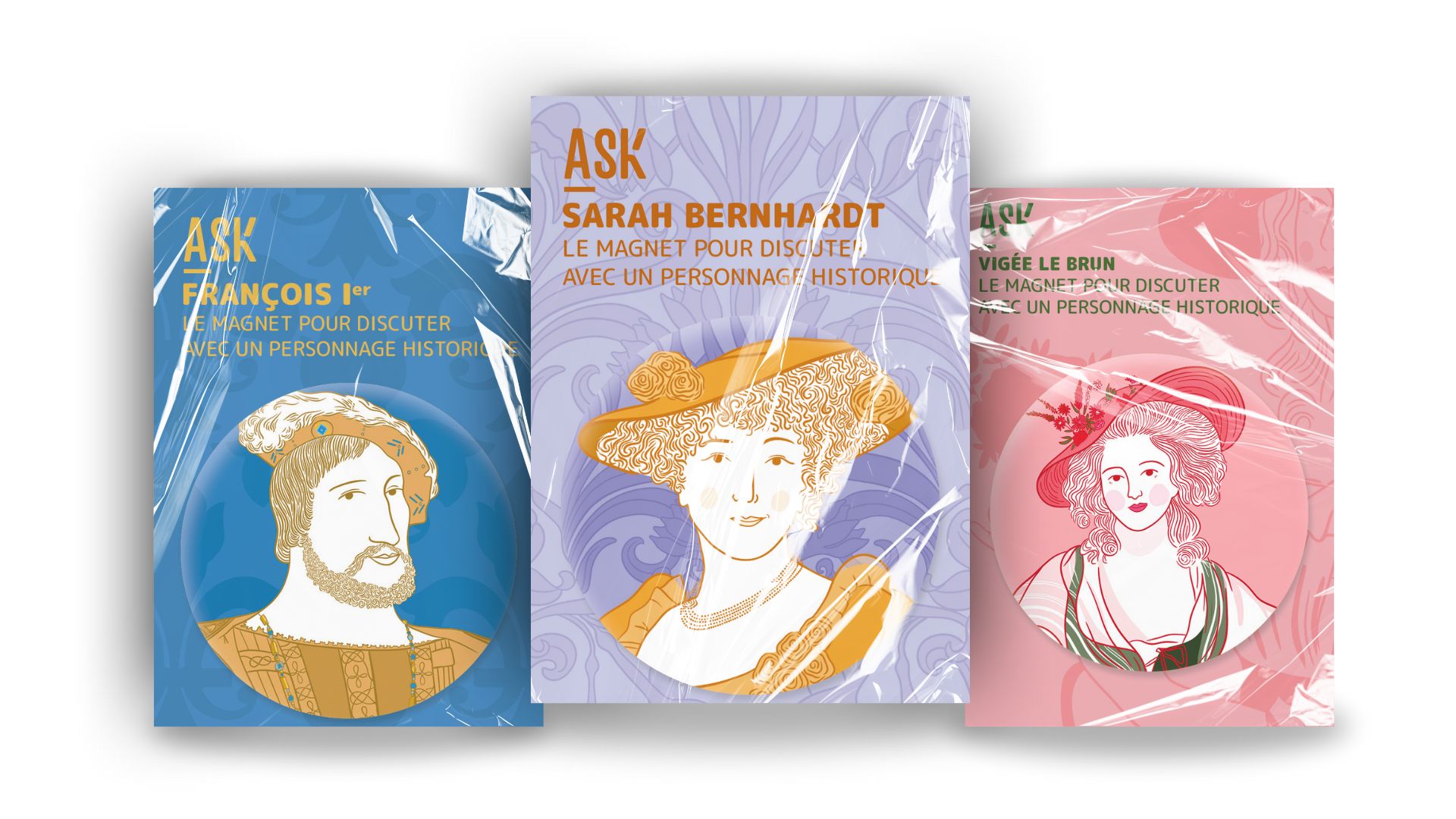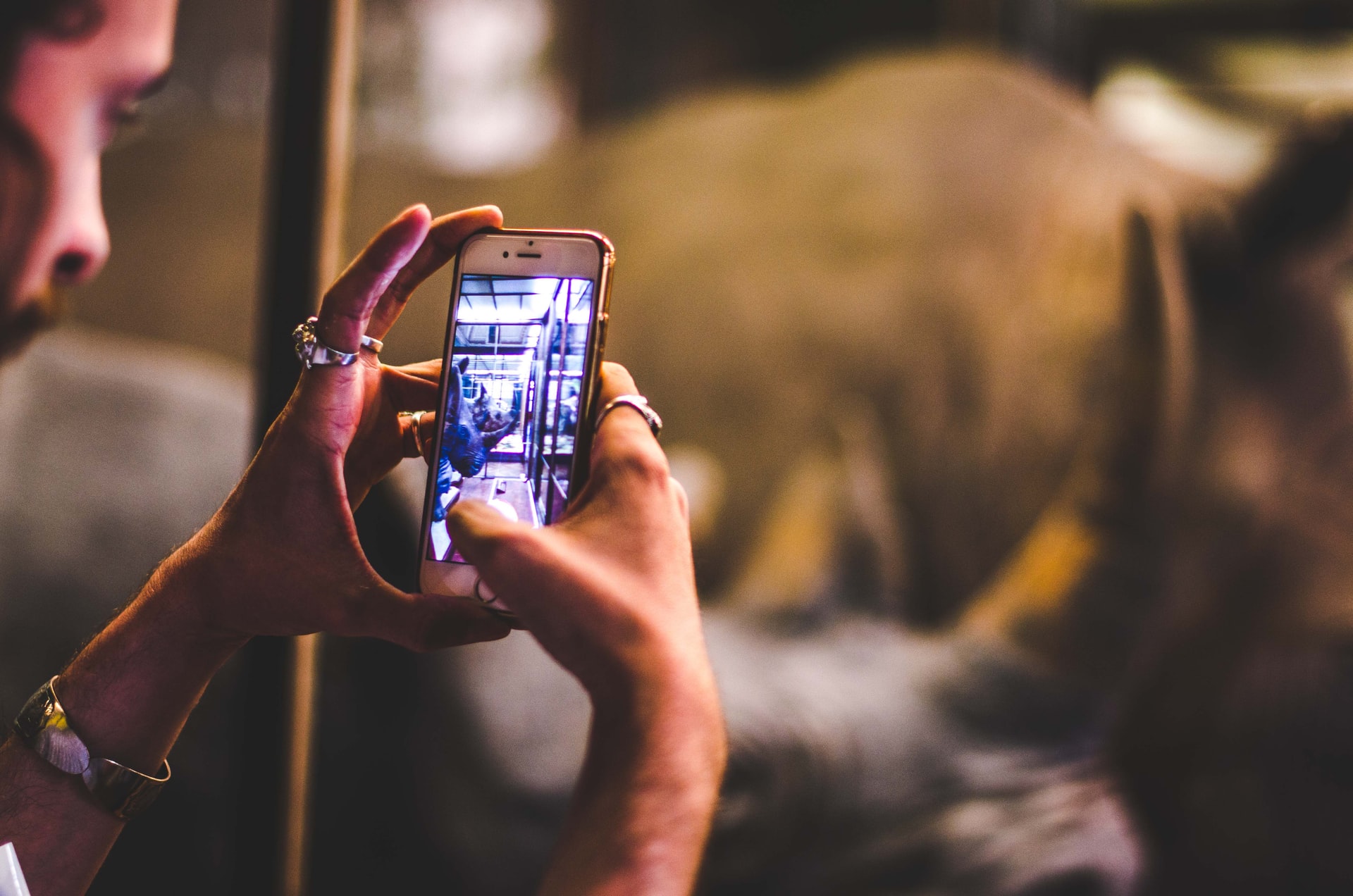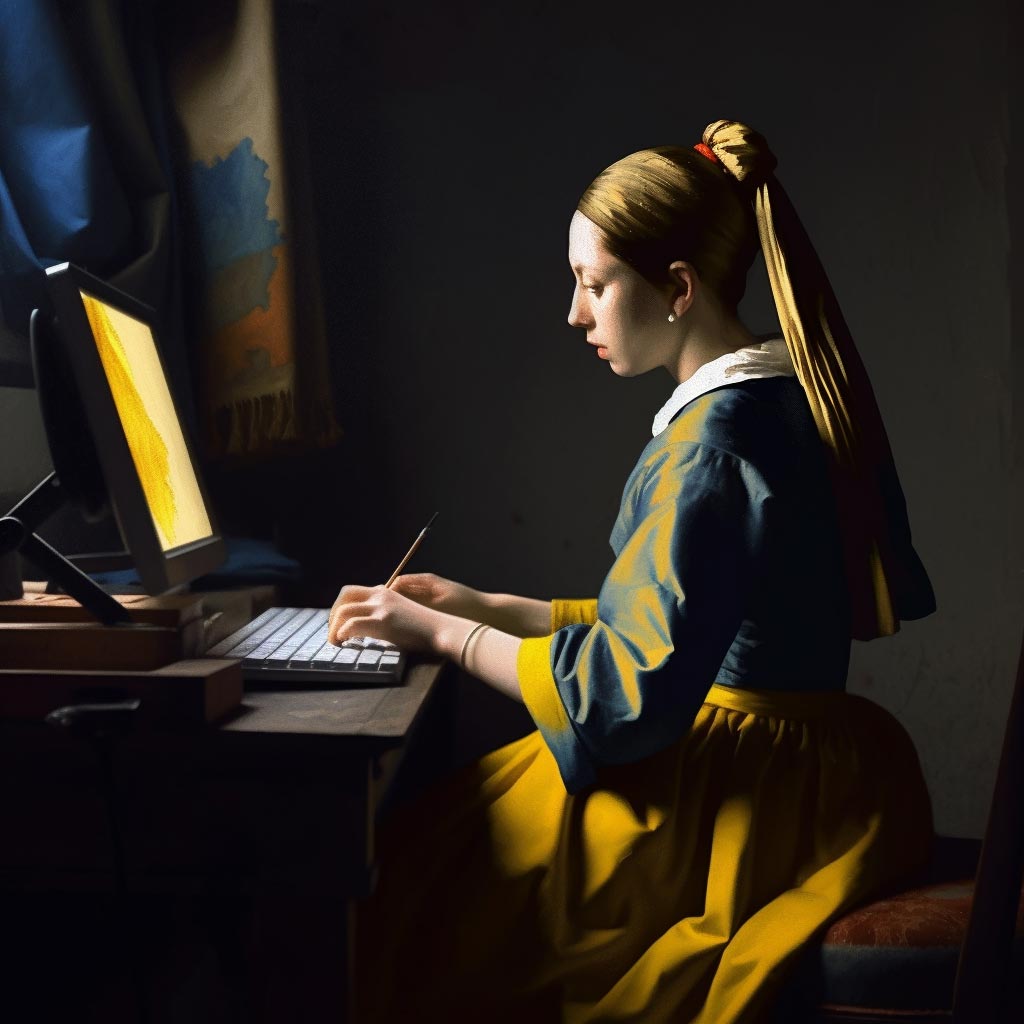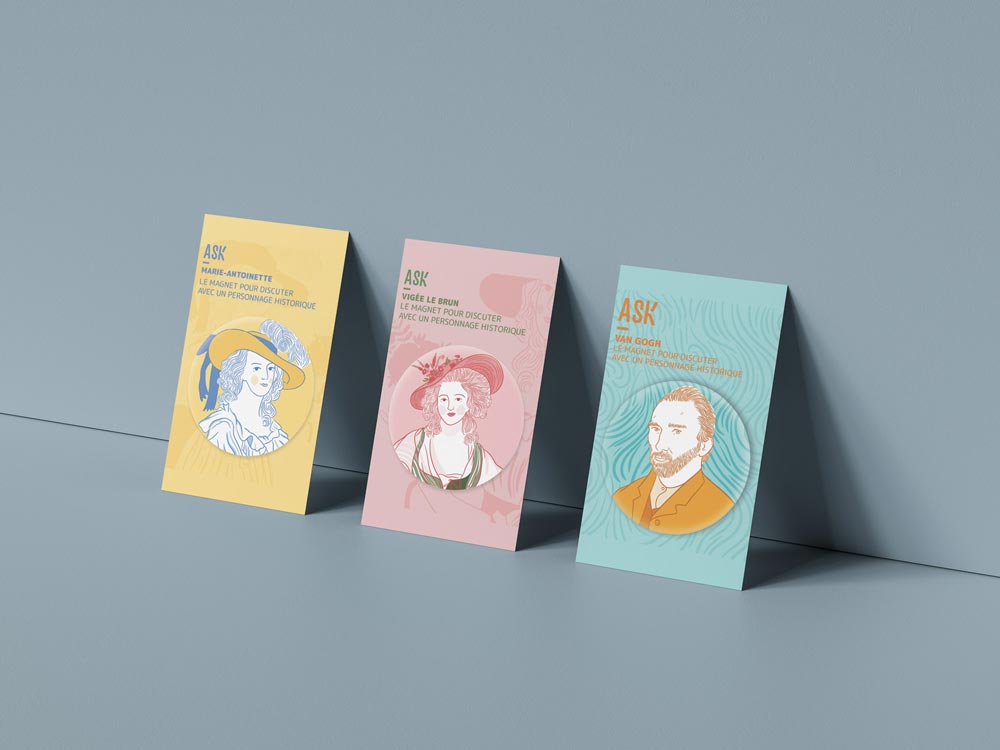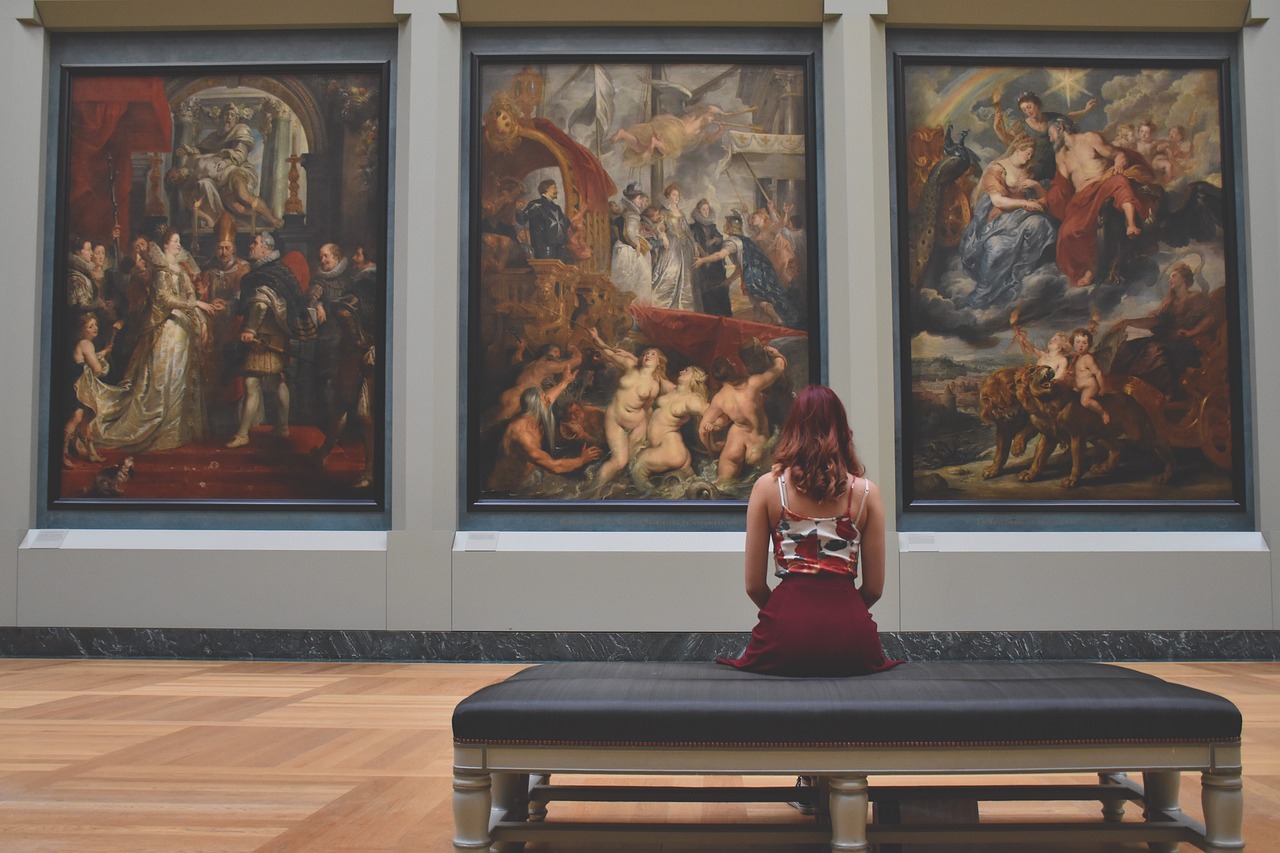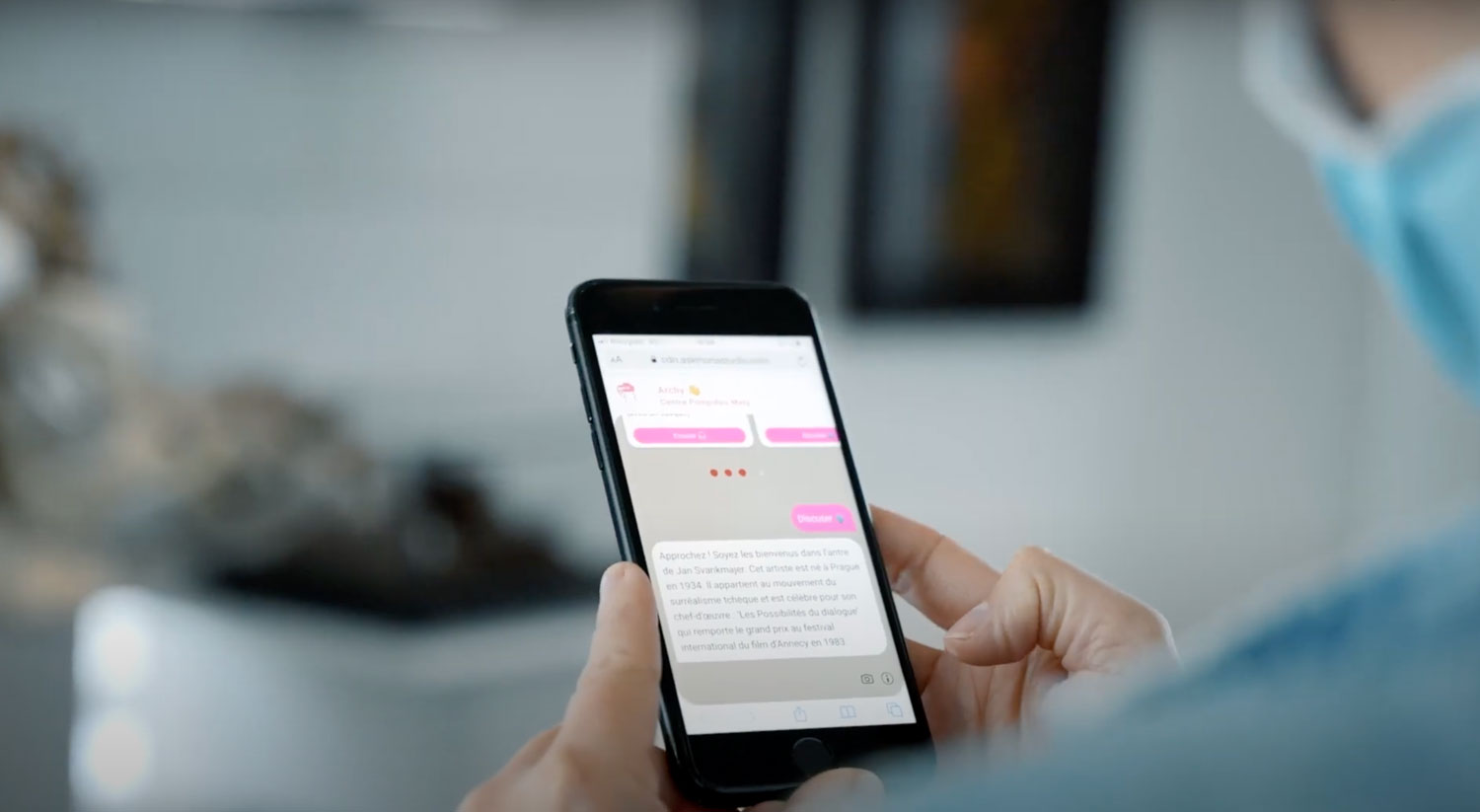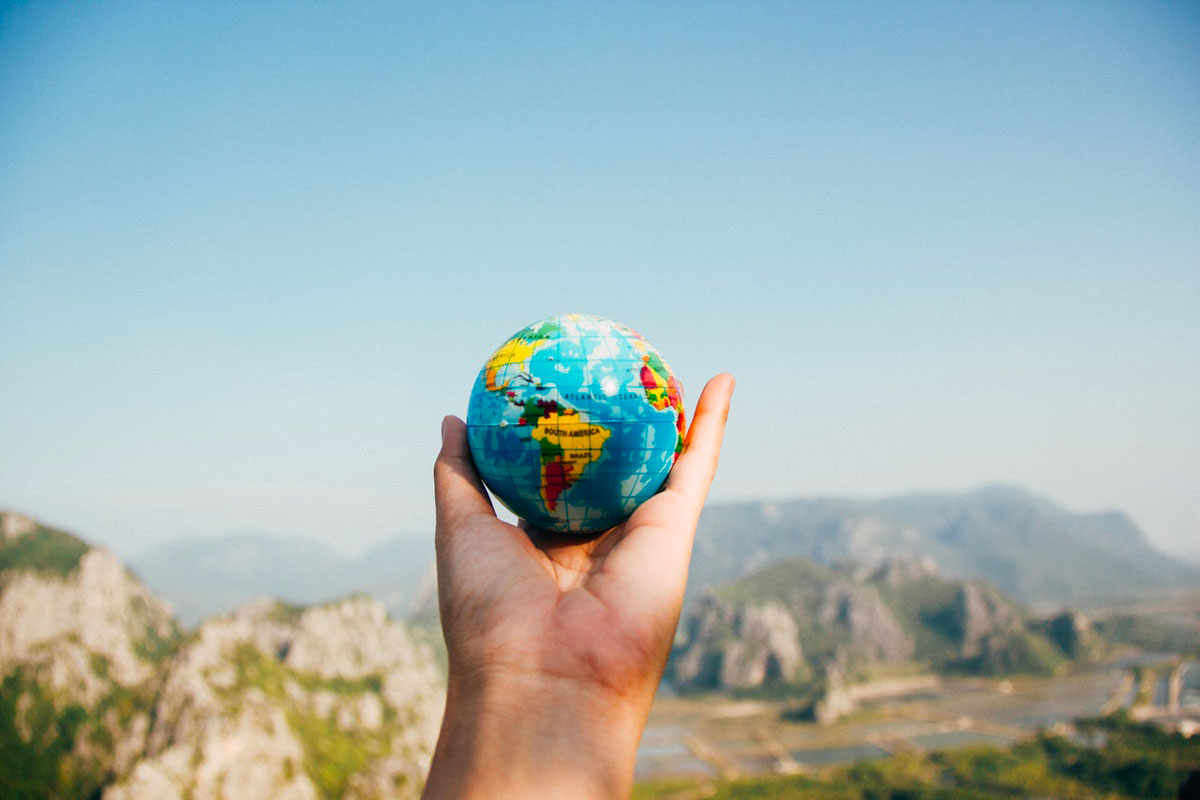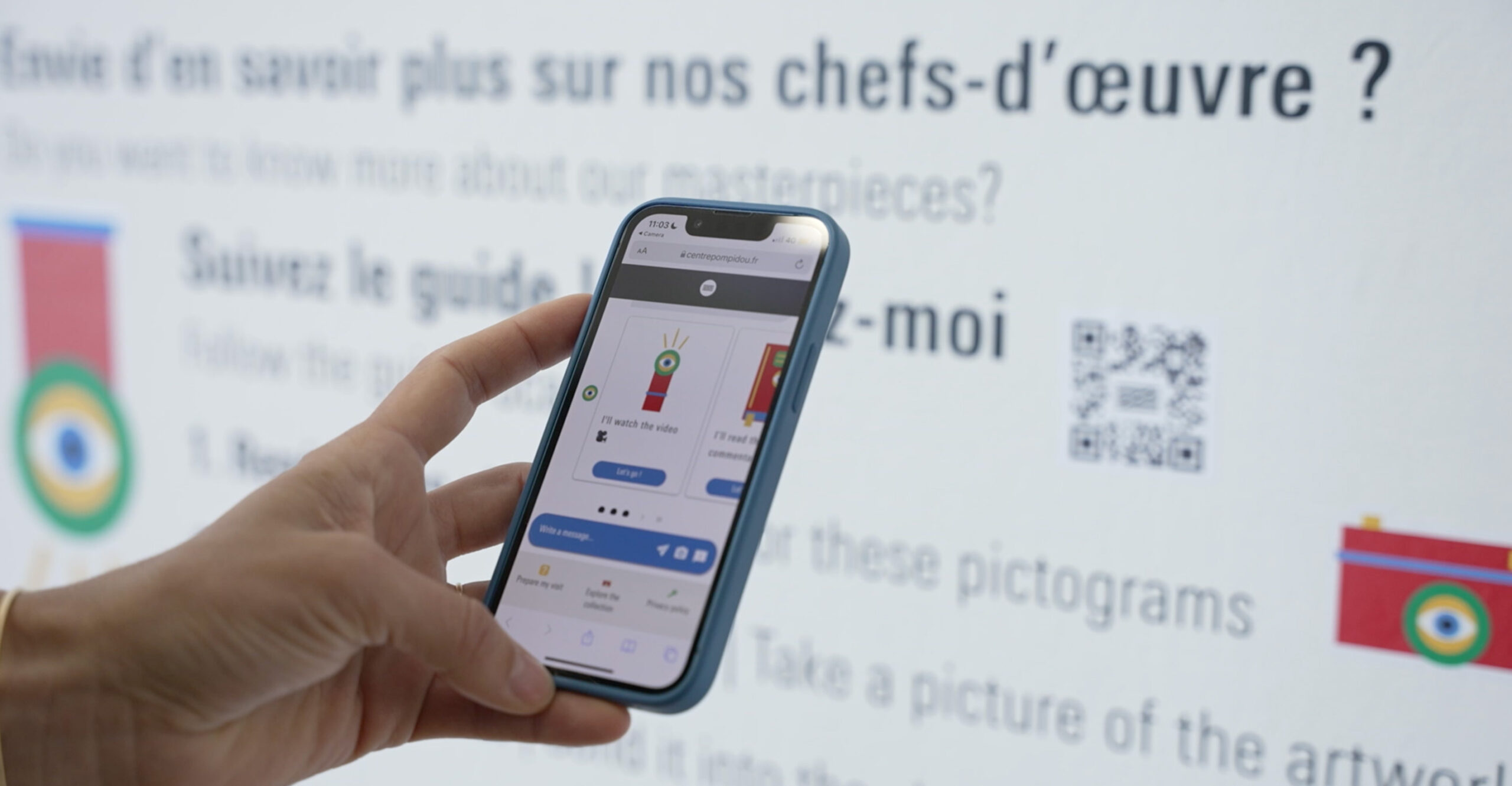Every three years, thousands of museum professionals from all over the world come together for the General Conference of ICOM, the International Council of Museums. These meetings provide an opportunity to discuss the major issues facing museums during several days of conference, both in plenary and in thematic committees. This year, the 27ᵉ General Conference of ICOM took place in Prague. It was a very special edition during which the vote on the new definition of museums took place. Our President and co-founder Marion Carré attended and in this article she looks back at the major themes discussed during the three-day conference and share her thoughts on them.
Museums and civil society: the end of neutrality ? (First day)
The place that museums traditionally occupied in society has changed profoundly. Today, this is a clear statement of fact that is the result of a gradual awareness on the part of museum professionals.
However, once this has been established, there is still a long and winding road ahead to enable museums to find their rightful place. These profound changes do not spare any aspect of museums: from the relationship with the collections to the relationship with the public and the very positioning of these institutions.
The raison d’être of museums in the 21st century is definitely not the same as in the 20th century. The richness of the exchanges that took place at ICOM on this first day is that they show the broad spectrum of reflections underway. A vast field of possibilities is open to museums to help audiences “find answers to lingering and unresolved questions” as Barbara Kirshenblatt-Gimblett (ICOM United States of America – POLIN Museum) mentioned.
The power of museums surely lies in the fact that they have a wide range of action levers at their disposal to help society adapt to crises. Whether it is using contemporary artists to raise questions about contemporary challenges, as Malgorzata Ludwisiak (Chief Curator of Modern Art Department – National Museum in Gdansk) mentioned, or making archives speak to help society adapt to crises. Digital technology also has a role to play in this reconfiguration of the relationship with the public. Although digital is never an end in itself, as Sebastian Chan (Director of ACMI) reminds us, Antje Schmidt insists, for example, on the importance of mobilising it to create emotional connections with the objects.
This broad spectrum of responses does not go without questioning the very definition of the museum and the boundaries of its action.
How to develop leadership and sustainability in museums ? (Second day)
The discussions of this second day reflected the tensions and contradictory injunctions that currently run through museums.
The intentions proclaimed in the speeches sometimes seem difficult to reconcile. Museums must find new sources of income, particularly through commercial partnerships, without jeopardising their values (Marek Prokůpek – KEDGE Business School). Facing profound changes on their own scale while guiding society through difficult changes. Deeply transform their organisation with a limited budget and a small and not always motivated team (Antje Schmidt – Head of Digital Strategy – Museum für Kunst und Gewerbe Hamburg). Engage their audiences more by offering other types of experiences, especially through digital technology, without impoverishing the scientific content and falling into entertainment (Anne-Sophie Grassin). Allow debate and expression of opinions while being a bulwark against alternative truths (Sébastien Soubiran – Directeur du Jardin des Sciences de Strasbourg). Finding solutions quickly while ensuring their long-term ethical and social sustainability (Mordecai Ogada). It’s a delicate balance and it’s hard to find. I sometimes wonder if people outside the cultural world have any idea of the pressure that museums put on themselves to reach them.
This is where leadership can come in to help museums break the deadlock. Renewed leadership, no longer that of a lone leader, but one who is surrounded by and responsive to the needs of his or her team and audiences, as Lonnie G. Bunch III (14th Secretary – Smithsonian). I really liked the idea shared by Hilary Carty (Executive Director – Clore Leadership) that it is the people who make the organisation and that their values, individually and collectively, must be their north star. It is these that will enable them to follow their own path by finding where to place the cursor.
Museums can thus become windows to the soul and no longer the castles of power that Mordecai Ogada calls for.
What place for new technologies in museums ? (Last day)
This third day, the morning of which was devoted to new technologies, is a continuation of the reflections of the previous morning. Even when talking about new technologies, values must prevail. The why comes before the how. It is important to have a clear strategy and to ask ourselves why we want to implement this or that new technology. Stop thinking of digital as a magic wand and define clear objectives and give yourself the means to achieve them.
The good news is that this approach is accessible to everyone. The apparent technicality and the speed at which technologies evolve often discourage museum professionals who feel overwhelmed. However, all museums are able to draw on their values to devise a strategy that will enable them to achieve their objectives, which can be supported by new technologies.
Innovating is not only about acquiring new tools but above all about changing the way we act and think. We must be prepared to make profound changes in the way we operate and not rely on the cosmetic use of new technologies.
In this perspective, I was very inspired by Nanet Beumer’s (Head of Digital & Marketing – Rijksmuseum) speech for whom an online visitor counts as much as an offline visitor, focusing on long-term conversion and thus taking advantage of what Sebastian Chang mentioned as the “museum time”. Sarah Brin also talked about the need to accept that funding sources no longer necessarily come from the audiences that museums are used to. All of these examples are concrete illustrations of the approach put forward in the previous days that museums need to unlearn traditional conceptions of what a museum is supposed to be and do. Let’s hope that the new definition of museums adopted yesterday offers support to museum professionals to act in this direction.
Taking a step back, I find that the issues faced by museums, and which Sebastian Chang mentioned, echo those faced by the traditional media. They too have to fight to exist in the new paradigm of the attention economy, a notion developed by Yves Citton, where the quantity of content outweighs its depth. They too are caught up in the whirlwind of intensive content production in order to exist online without a sustainable economic model in return.
Finally, museums are going through the same transition phase as many other organisations in a digitised economy. They are the laboratory for questions that are being asked more broadly by organisations seeking to regain the trust of their audiences. But these questions are being imposed on museums with greater force as they seek to inspire and position themselves as exemplars for the rest of society.











